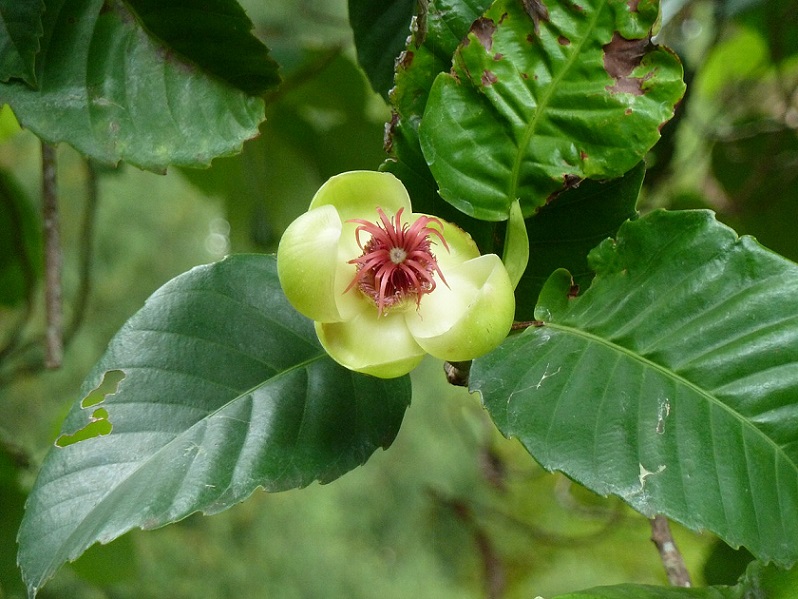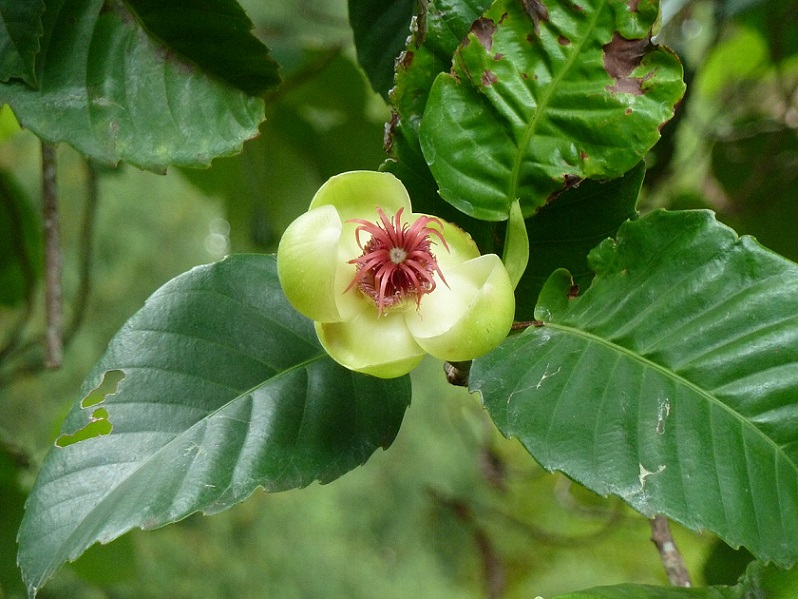
Time to pucker up! For mouth-watering snacks, Filipinos bite into green mango slices with fermented shrimp paste, nibble on fresh kamias, tambis, or pineapple slices with salt, squeeze slices of calamansi on noodles, or dip fried spring rolls or chicharon into coconut vinegar spiked with bird’s eye chilies. Tangy and sour remain a comfort flavor that appeals to Filipinos’ taste profile.
As a dominant element in Philippine food, sourness is seen in well-known dishes such as sinigang, a soup with fish or meat cooked in a soup of green tamarind mashed into the broth, and predominant in Luzon; its counterpart, the Visayan tinuwa(tinola) is fish mildly soured in tomatoes. Adobo,with all its regional variations, is pork or chicken marinated in vinegar and soy sauce, then simmered with its own marinade.
Sour power
Across the country, sour-flavored dishes include paksiw(fish simmered in vinegar, ginger and other spices) or pinamalhan, its almost dried-out version; kilawin, raw fish cured in local vinegar, calamansi, or lime; paklay, a stew of innards with young pineapple, and its vegetables cut in strips; or sinampalukang manok, chicken simmered in young tamarind leaves.
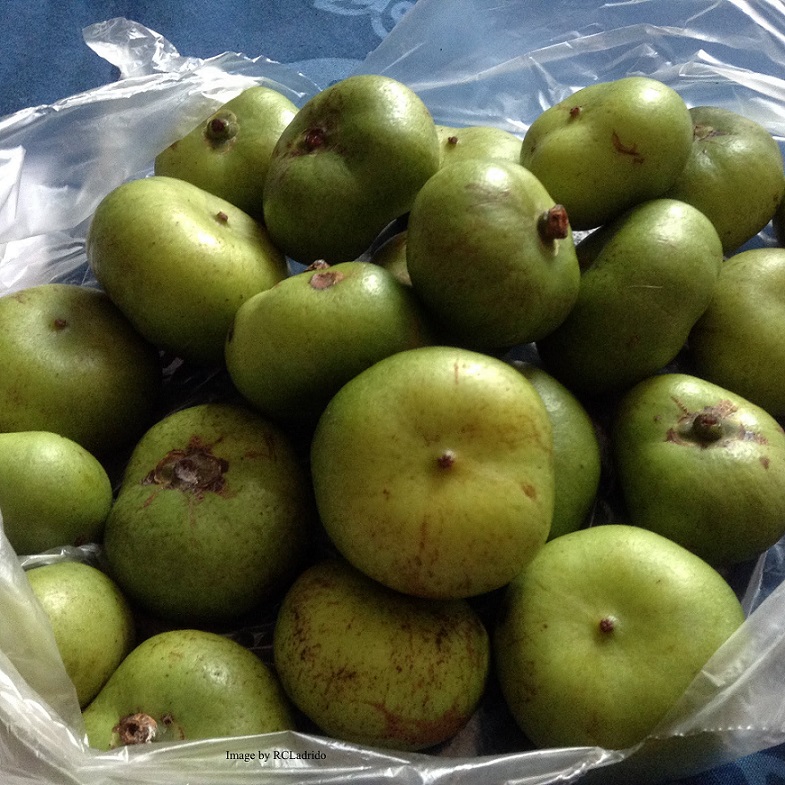
As a flavor principle, a spectrum of tanginess exist across regions and provinces, depending on the choice of souring agent. Iloilo’s KBL (kadios-baboy-langka) is a stew of pigeon peas, pork, and unripe jackfruit soured mildly with batuan, a dark green fruit popularly used in Western Visayas.
Cooking and taste remains deeply regional and local, particularly in the use of guavas, pineapple, kamias, fresh or dried, watermelon, or siniguelas. Dishes are soured by the use of pineapple in paklay and higado; vinegar in bopis and pakam; calamansi in bifstek Tagalog or squeezed on fish or seafood to remove any fishy odor. The sour fruits of pagatpat or pidada, batuan or binukaw, and katmon (elephant apple) are also used as vinegar substitutes.
The art of balancing sour ranges from just a hint of tangy, to medium acidity, and to intensely sharp layers of sourness that awaken fully the senses.
Souring agents
Using sour or unripe fruits or acerbic leaves or adding vinegar are the two main ways of providing tartness to food. Palm trees (coconut, nipa, buri, or kaong (sugar palm) and sugarcane provide an array of local vinegars, which abounds in the tropical archipelago. From sugarcane, we have sukang basi or sukang Iloko.
It was Antonio Pigafetta who first described how coconut vinegar was made using natural fermentation in 1521 and called it “zlucha” (suka) while travelling around the archipelago with Ferdinand Magellan’s expedition.
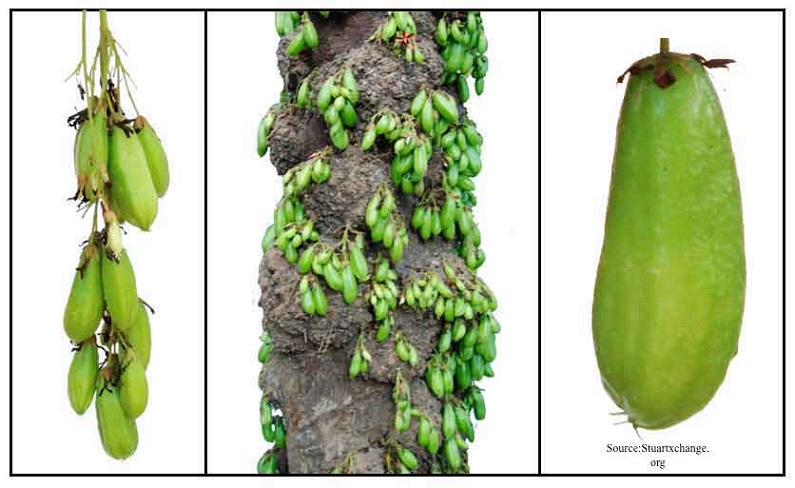
Sour fruits include green tamarind, the most common one used for souring, as well as tomatoes. It also include guava, green mangoes/pahu, siniguelas (Spanish plums), iba or kamias (bilimbi), balimbing (starfruit), batuan or binukaw and a close relative of mangosteen, pineapple, and santol (cotton fruit).
Other sour fruits include karmay or bangkiling (gooseberry fruit), dampalit or bilangbilang (sea purslane), a perennial herb that grows along the coasts, or pidada (mangrove apple). Katmon (elephant apple) is from an endemic tree with an edible spherical fruit encased in fleshy sepals. Its fruit is described as similar to the taste of sour green apples and is used to flavor fish.
Each souring agent offers its own distinct taste and degree of tanginess. Filipinos can identify, in general, which fruit is used as each fruit gives its own signature of sourness.
Sour leaves include alibangbang from several Bauhinia tree species with its citrusy and sour taste, and libas, its young leaves and fruits used in a Bicolano fish dish called sinanglay, as well as in laing or labog or roselle, a vine that has a dark violet bud and leaves in green and red violet. It is used as a souring agent in some Ilonggo dishes using native chicken.
Filipino believe that eating sour fruits or sour-flavored dishes whets the appetite, enhance freshness, and keeps the body cool on a hot and humid day. Souring agents are also used to cut the fattiness of some food.
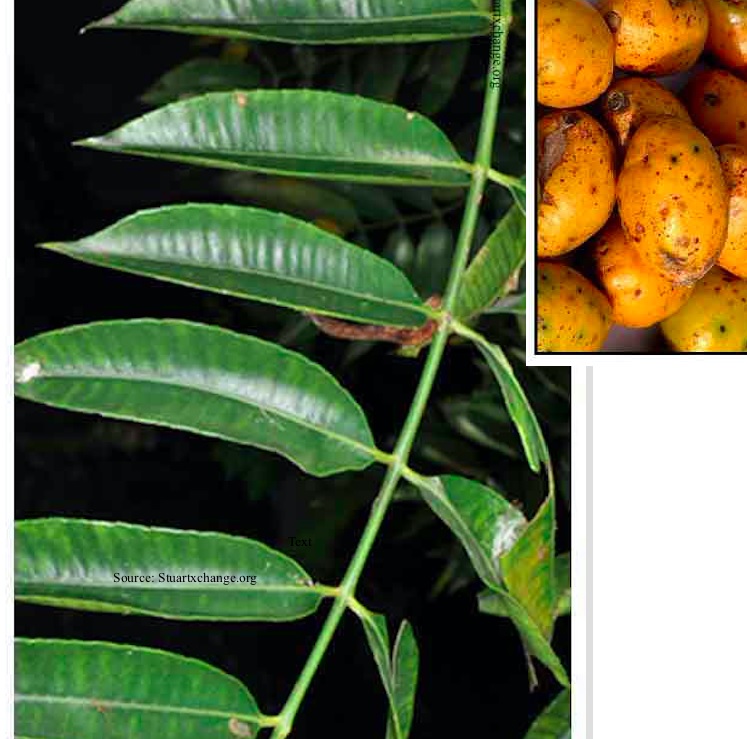
The science of sour
Of the five tastes—sweet, salty, bitter, sour, and umami— sour is one of the most challenging and the least understood. At best, it is really an indicator for low pH, or the presence of acid.
Human babies are born to recognize sour by puckering their lips. A taste researcher has observed that we do not need sour to live. And yet, when Rob Dunn, an ecologist at North Carolina State University and his colleagues investigated sour taste’s evolutionary roots, they could not find any single species among vertebrates (birds, mammals, amphibians, reptiles, fish) that have lost its ability to detect acidic foods.
Researchers say that sour can be a good indicator that a food is rich in Vitamin C, a nutrient that our ancestors have lost the ability to manufacture some 60 to 70 million years ago.
